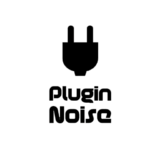When it comes to analog emulation plugins, two names always dominate the conversation, Slate Digital and Waves Audio. But, which one is better or serves you more, today we will find out in this article on The Battle of Plugin Titans: Slate Digital VS Waves Audio!
Whether you’re mixing a punchy rock track, sculpting a silky-smooth vocal chain, or gluing together a full mix with vintage warmth, these two brands have built reputations as industry giants. But which one delivers the best analog warmth, depth, and usability?
I’ve used both of these plugin suites extensively in my mixes, from Slate’s Virtual Mix Rack (VMR) and Virtual Tape Machine (VTM) to Waves’ NLS Channel and J37 Tape. Each offers a unique take on classic console emulations, tape saturation, and vintage-style processing.
While Waves Audio excels in efficiency and classic sound, Slate Digital focuses on modern workflows with deep customization options. But let’s be real, no one needs both (unless you’re a complete gear addict like me).
In this comparison, we’ll put Slate Digital and Waves Audio head-to-head in different aspects of mixing: drums, individual instruments, guitar mixing, and master bus processing. We’ll compare sound, workflow, CPU efficiency, and which suite fits different mixing styles.
If you’re an old-school engineer craving vintage Neve and SSL tones or a modern producer who wants total control over saturation and compression, this breakdown will help you decide which plugin ecosystem is right for you.
So, let’s get into it, Slate Digital or Waves Audio? Who really owns the analog emulation game?
| Category | Slate Digital | Waves Audio |
| Console Emulation | Virtual Mix Rack (VMR) – SSL, Neve, API & custom modules for flexible mixing. | NLS Channel – Non-Linear Summing with SSL, Neve, and EMI console tones. |
| Tape Saturation | Virtual Tape Machine (VTM) – Multi-speed, deep saturation control, and a rich low end. | J37 Tape – Abbey Road tape emulation with saturation controls and built-in delay. |
| Bus Compression | Virtual Buss Compressors (VBC) – SSL, Vari-Mu, and Focusrite-style compression. | SSL G-Master Buss Compressor – Classic SSL bus compressor with snappy transients. |
| Channel Strip | Custom Series EQ & FGS (SSL EQ) – Smooth analog curves with deep tweakability. | SSL E-Channel & API 550 EQ – Classic Waves recreations of famous SSL/API EQs. |
| Distortion/Saturation | FG-Bomber & VCC (Virtual Console Collection) – Adds harmonic drive & warmth. | Abbey Road Saturator & Kramer Tape – Waves’ vintage-style saturation for tape & tube-like grit. |
| Reverb | VerbSuite Classics – Digital Fusion reverb with legendary hardware models. | Abbey Road Plates & H-Reverb – High-end convolution and algorithmic reverbs. |
| Vocal Processing | FG-Stress & FG-Dynamics – Aggressive 1176-style compression with modern tweaks. | CLA-76 & R-Vox – Classic Waves vocal compressors used in thousands of hit records. |
| Mastering EQ | FG-A (API 550), FG-N (Neve 1073), Custom Series EQ – Transparent & colorful EQs. | PuigTec EQs (Pultec), Abbey Road TG Mastering Chain – Vintage warmth for mastering. |
| Transient Shaping | FG-X & VMR Transient Shaper – Mastering-grade transient control with punch. | Smack Attack – Flexible transient shaper with advanced control. |
| De-essing & Vocal Control | Eiosis E2 De-esser – Smart, transparent de-essing with smooth top-end control. | Waves Sibilance & DeEsser – Classic dynamic de-essing for vocals & instruments. |
| Bass & Low-End Processing | Revival & FG-73 – Harmonic richness and fattening for bass & kick. | MaxxBass & RBass – Waves’ signature low-end enhancers. |
| Mix Bus Enhancement | FG-Bomber & FG-Red – Mix glue and analog depth for punchy tracks. | SSL Comp & Abbey Road Vinyl – Mix cohesion with vintage-style analog glue. |
Plugins Comparison
Alright, let’s talk plugins, Slate Digital vs. Waves Audio, and break down what these bad boys bring to the table. These two brands are like the heavyweights of the mixing world, constantly battling for the top spot in our plugin folders.
One is all about modular workflow and deep tweaking (Slate), while the other is like a giant candy store of classic sounds (Waves).
Now, I’ve used both over the years, and trust me, they each have their moments of brilliance and their moments where they make you question your life choices (looking at you, Waves update plans).
So, let’s get into the meat and potatoes, who’s got the best console emulation, compression, tape warmth, reverb, and beyond…
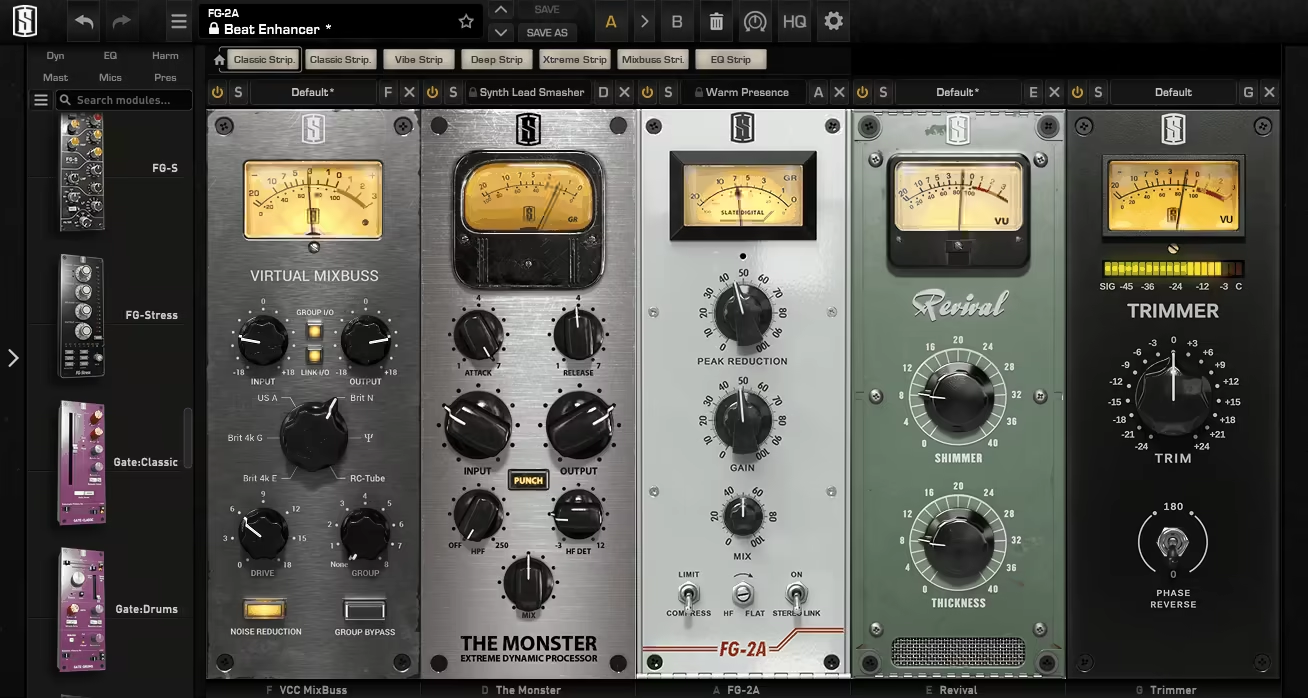
Console & Analog Emulation
- Slate Digital Virtual Mix Rack (VMR)
Man, VMR is like a custom shop for mixing. You can stack EQs, compressors, preamps, and saturators however you want, like building your dream analog console but without selling a kidney for a real SSL.
It’s got Neve, SSL, and API-style channels, plus the Virtual Console Collection (VCC) that gives your mix that juicy analog summing. I love slapping this thing on my buses, it just makes everything sound pro.
- Waves NLS Channel
NLS is like VMR’s laid-back cousin, the one who just shows up, vibes out, and still manages to sound amazing. It models Neve, SSL, and EMI consoles, but instead of deep tweaking, it’s more of a set-it-and-forget-it plugin.
If you just want instant console flavor without a science project, NLS is solid. But if you like fiddling with knobs (no judgment), Slate gives you way more control.
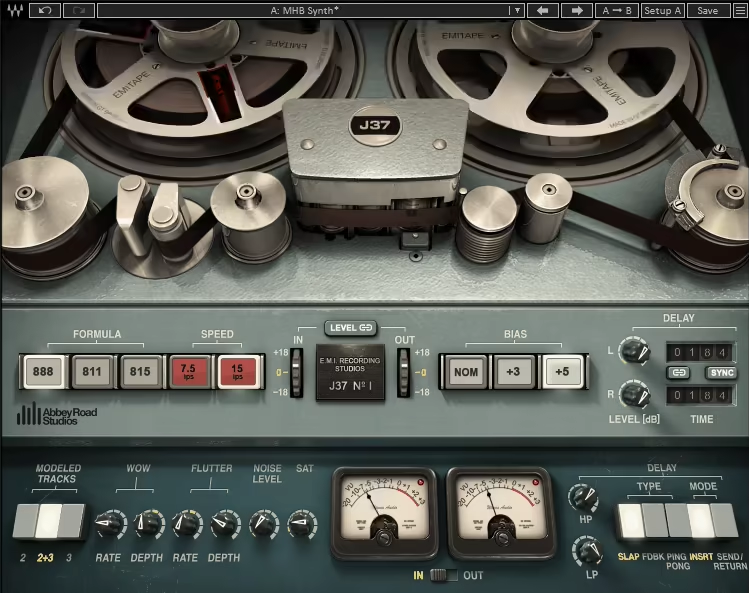
Tape Saturation
- Slate Digital Virtual Tape Machines (VTM)
VTM is pure butter. It’s got two legendary tape machines, multiple tape speeds, and an auto-calibration mode that makes sure your mix never gets too muddy or dark.
Perfect for warming up sterile digital mixes, adding fatness to drums, and making the low-end feel tight but deep. I throw this on my master bus all the time, it just makes everything feel alive.
- Waves J37 Tape
This one’s got that Abbey Road DNA, which means it’s dripping with vintage character. J37 is darker, thicker, and grittier than VTM, plus it comes with built-in tape delay effects.
If you love old-school saturation that sounds like it’s been marinating in analog goodness for decades, J37 is your best bet. But for everyday mix glue, I still lean toward VTM.
Bus Compression
- Slate Digital Virtual Buss Compressors (VBC)
VBC is like a power trio of compression. FG-Grey gives you that classic SSL-style glue, FG-Red is more punchy and open (great for pop and rock), and FG-Mu is all about that fat, warm Vari-Mu goodness.
You can mix and match them, blend them together, or just slap one on and call it a day. I love how flexible this set is, as it’s like having 3 different flavors of mix glue at your fingertips.
- Waves SSL G-Master Buss Compressor
This is the SSL bus compressor, plain and simple. It’s punchy, and aggressive, and instantly tightens up a mix.
If you just need one solid bus compressor without any extra frills, this one slaps. It doesn’t have the versatility of Slate’s bundle, but for rock, pop, and EDM, it’s a killer option.
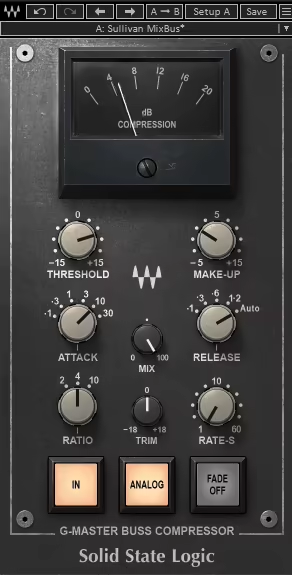
Reverb
- Slate Digital VerbSuite Classics
Well I can say, this reverb is stacked. Instead of making separate plugins, Slate crammed multiple legendary units into one.
You get Lexicon 480L, Bricasti, EMT 250, AMS RMX16, and more. It’s like an all-you-can-eat buffet of iconic spaces. I use this on vocals, drums, synths, basically anything that needs depth.
- Waves Abbey Road Plates & H-Reverb
Waves specializes in individual flavors instead of an all-in-one approach. Abbey Road Plates is pure vintage warmth, so if you want that classic, vibey plate sound, it’s gorgeous.
H-Reverb, on the other hand, is a hybrid convolution reverb that lets you tweak every little detail. If you’re a control freak about your reverb, H-Reverb gives you all the options you could ever need.
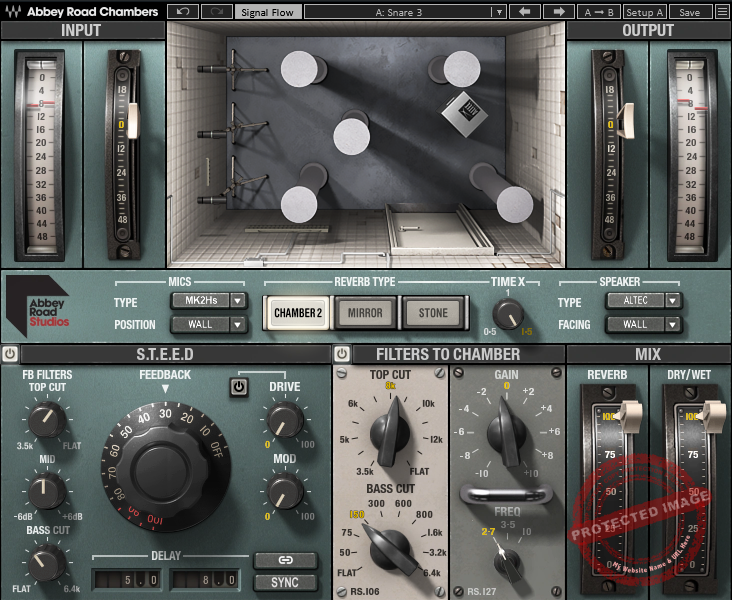
Vocal Compression
- Slate Digital FG-Stress & FG-Dynamics
FG-Stress is Slate’s take on the legendary Distressor, and man, does it kick. It can be clean, aggressive, or full-on smashed, it’s stupidly versatile.
FG-Dynamics, on the other hand, is an SSL-style compressor that’s super fast and clean, perfect for pop and rock vocals.
If I need serious control, FG-Stress is my go-to, but FG-Dynamics is great for that snappy, radio-ready sound.
- Waves CLA-76 & R-Vox
CLA-76 is fast, aggressive, and amazing on vocals. If you want that classic 1176-style “in-your-face” compression, this one delivers.
R-Vox, though? It’s literally magic. One slider and boom and your vocals sit perfectly in the mix. It’s almost too easy. If you want fine-tuned control, Slate wins. But if you just need one simple, effective vocal compressor, R-Vox is king.
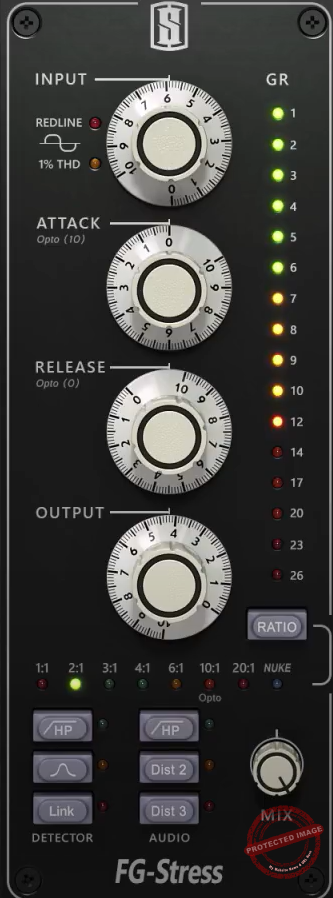
EQ
- Slate Digital FGA, FG-S, Custom Series EQ
FGA is all about that Neve warmth, FG-S is punchy and modern, and the Custom Series EQ is super musical. It boosts and cuts without ever sounding harsh and I love using FG-S on drums and Custom Series EQ on vocals. It just adds weight without overdoing it.
- Waves API 550, SSL E-Channel, PuigTec EQP-1A
Waves leans hard into its vintage models here. The API 550 is perfect for drums and guitars, the SSL E-Channel is snappy and precise, and the PuigTec EQP-1A is like a magic trick for thickening low end.
If you’re after character, Waves nails it. But if you want a more modern, refined approach, Slate’s Custom Series EQ is a better pick.

Saturation & Harmonic Excitement
- Slate Digital Revival & New York Saturation
Revival is like a built-in “make this better” button. It adds shimmer on top and thickness on the bottom, and it works on literally anything.
New York Saturation is a warm, harmonic exciter that brings punch and vibe to drums, vocals, and mix buses.
- Waves Kramer Tape & Abbey Road Saturator
Kramer Tape is thick, gooey, and vintage as hell. Abbey Road Saturator is gritty, edgy, and perfect for adding bite to a track.
If you love old-school saturation, Waves has that classic warmth. If you want big, modern, clean saturation, Slate wins hands down.
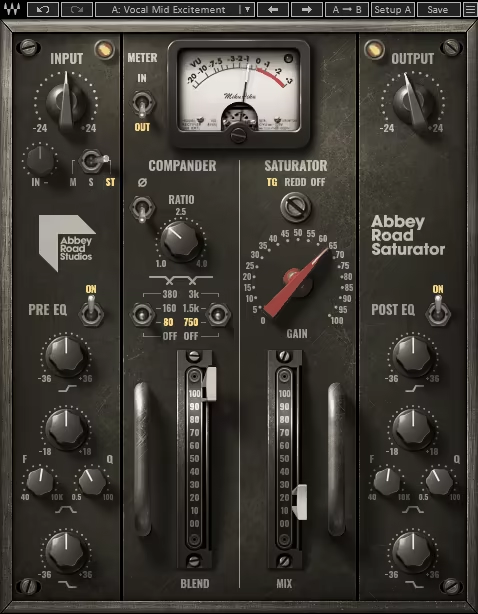
Sound and Character
Slate and Waves both have their strengths, but they definitely take different approaches. One’s all about that deep analog vibe, while the other leans into vintage emulations with a “set it and forget it” workflow.
- Slate Digital – Modern Analog Magic
Slate plugins feel like they were made for people who love tweaking. Everything has this polished but vibey sound, like running tracks through a high-end analog studio with all the knobs at your disposal.
The Virtual Mix Rack is a prime example, every module adds that sweet analog depth, but you can mix and match for totally unique tones. The Virtual Tape Machines glue things together without making them too dark, and the Virtual Buss Compressors have a tight, punchy character that can be as aggressive or transparent as you want.
I especially love FG-Stress for vocals and drums. It can do subtle, but why would you when you can absolutely smash a drum room mic into oblivion? And Revival? That thing is ridiculous, it’s like adding fairy dust to a mix. Everything just feels bigger, shinier, and fatter with Slate plugins. They sound modern, pro, and full-bodied, but never too digital.
- Waves – Vintage Vibes and Classic Tones
Waves plugins feel old-school in the best way. They lean heavily on recreating classic hardware, which means you get tons of character but not as much flexibility. The J37 Tape has a darker, thicker sound compared to Slate’s VTM, and the NLS Channel gives you that console saturation without needing to tweak a million settings.
Waves SSL G-Master Buss Compressor is one of the best straight-up glue compressors out there, but it’s way less flexible than Slate’s VBC bundle. The CLA-76 is a beast on vocals, it’s bright, punchy, and aggressive, while R-Vox is just stupidly easy to use. And don’t even get me started on PuigTec EQP-1A, that thing makes low-end sound like butter.
The biggest difference? Waves plugins commit to a sound. You slap on Abbey Road Saturator, and it does its thing, you don’t have 500 parameters to tweak. Sometimes, that’s a blessing, especially when you just want a quick, reliable mix move. But if you’re obsessed with dialing in every little detail, Slate gives you more room to play.
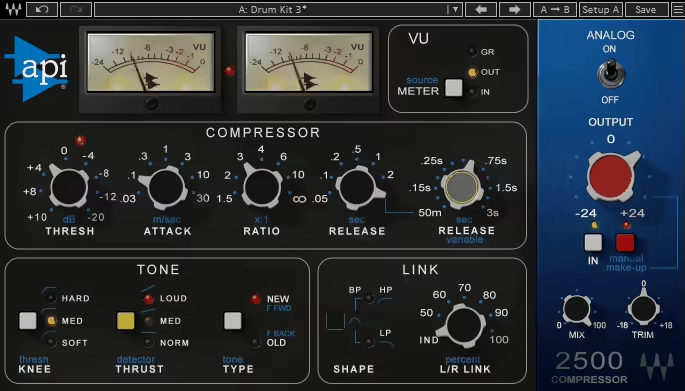
Comparison
So, which one’s better? It depends on what you’re after.
- If you want modern, tweakable, high-fidelity analog tones that you can shape any way you want, Slate is the winner. Everything feels bigger, richer, and customizable.
- If you prefer vintage tones, straightforward workflows, and plugins that just “work” without too much fiddling, Waves is your guy. Their emulations sound warm, colored, and classic.
Honestly? I use both. Sometimes I want to dive deep and build a perfect chain with VMR, and other times I just wanna slap on R-Vox and be done with it. They both have killer sounds, but they approach things differently.
Performance
Compatibility
Both brands play nice with Mac and Windows, running in VST, AU, and AAX formats. No issues there.
CPU Usage
This is where things get interesting. Waves plugins are generally lighter on CPU because they’re simpler and older. You can load up a ton of them without killing your system.
Slate, on the other hand, eats more CPU, especially VMR, VTM, and VBC. They sound incredible, but you gotta watch your system resources. If your computer is on life support, Waves is easier on your CPU. But if you want next-level depth and realism, Slate is worth the extra juice.
In Practice
A plugin can look cool and have all the fancy tech, but if it doesn’t work in a session, it’s just wasting CPU. So let’s compare these bad boys in use.
Mixing
When it comes to mixing, Slate Digital gives you that deep, immersive workflow where you feel like you’re working on an analog console.
VMR is practically a DAW within a DAW, allowing you to stack up EQs, compressors, and preamps however you want, just like a real studio rack. And with Virtual Console Collection (VCC) adding that non-linear console summing, plus Virtual Tape Machines (VTM) gluing it all together, your mix just breathes.
I almost always start a mix by throwing FG-N, FG-116, and Revival into VMR and it’s like instant pro sound.
Waves, on the other hand, is all about speed. If I need that punchy SSL sound, I just slap on the SSL E-Channel and move on. If I want a quick drum bus compressor, the API 2500 is right there.
Waves plugins are easy to use and give you polished results fast, but they don’t offer the same deep customization that Slate does. They’re more “grab and go” tools, while Slate is for people who love fine-tuning every little detail.
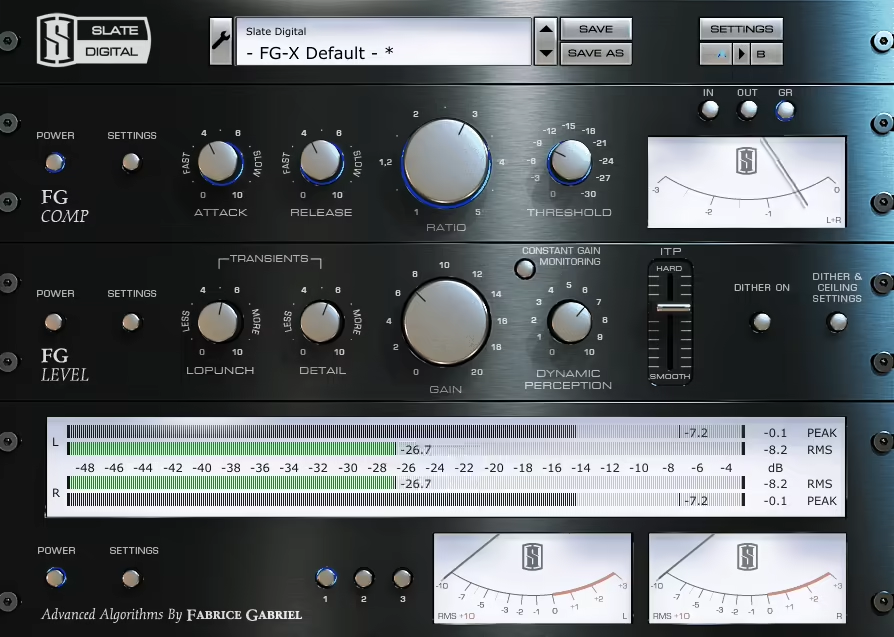
Mastering
Mastering with Slate Digital feels like sculpting sound with a scalpel. FG-X 2 is a beast as it keeps transients intact and doesn’t crush the life out of a mix. And when I need clean, transparent bus compression, VBC (Virtual Buss Compressors) gets the job done while keeping the depth intact.
If I’m doing a full mastering session, Slate gives me more control over dynamics and saturation without making the mix feel squashed.
But with a reality check, Waves still owns the loudness game. The L2 and L3 limiters are industry standards for a reason. If you need a quick, transparent boost in level without distortion, Waves is the easy choice. I also love PuigTec EQs for adding warmth without over-coloring a mix.
If I’m in a rush or working with a client who just wants a “louder but still clean” master, Waves is my go-to. Slate is more about depth and precision, while Waves is about efficiency.
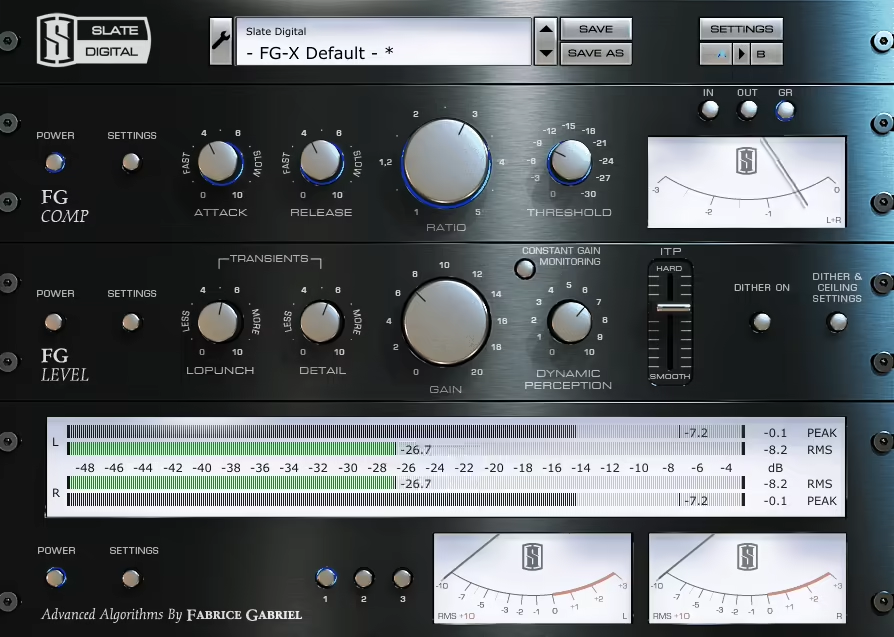
Live Use
This is where Waves straight-up dominates. Their plugins are CPU-friendly, reliable, and built for real-time use. The LV1 mixing system is practically a standard for live sound engineers, and their plugins work seamlessly in digital consoles.
If you’re running a live show, you’re probably using Waves, whether you realize it or not. They just work without eating up all your CPU.
Slate, though? Not really made for live use. Their plugins sound phenomenal, but they’re too CPU-hungry for most real-time applications.
I’d rather not risk a system crash in the middle of a gig because FG-Stress decided to max out my processor. Slate is a studio-first brand, while Waves thrives in both studio and live environments.

Conclusion
So, the conclusion is that Slate Digital and Waves Audio are both absolute powerhouses, but they bring different vibes to the table.
Slate is all about deep customization, rich analog tone, and modern workflow, while Waves delivers quick, classic solutions that just work right out of the box.
If you love building your own chains, dialing in every detail, and getting that polished analog depth, Slate is your best friend. But if you need reliable, CPU-friendly, industry-standard tools that get results fast, Waves has you covered.
Honestly? You can go for both or make a blend. Slate is great for my deep mix sculpting, Waves for quick, go-to fixes. No matter which camp you’re in, both brands have game-changing plugins that can level up your mixes.
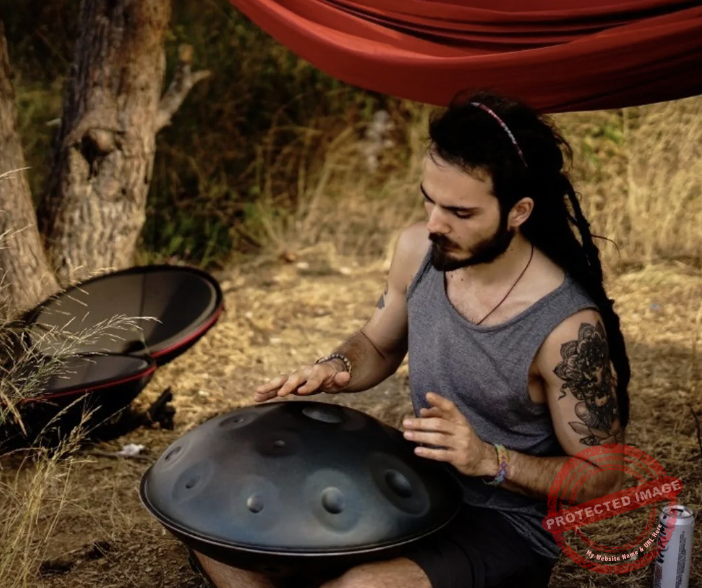
Berk Öztuna, a musician from Istanbul, is skilled in handpan, percussion, and guitar, performing and recording his own compositions globally. With expertise in music production and audio technology, he integrates virtual instruments and sound design tools seamlessly into his work. He also writes insightful articles on music production and gear for platforms like Plugin Noise and shares his music on Spotify and Instagram.
DONATE: Love our content? Help us keep Plugin Noise alive in the age of AI — Your donation fuels better content for music creators like you! You can donate here: pluginoise@gmail.com (Every amount counts.)
